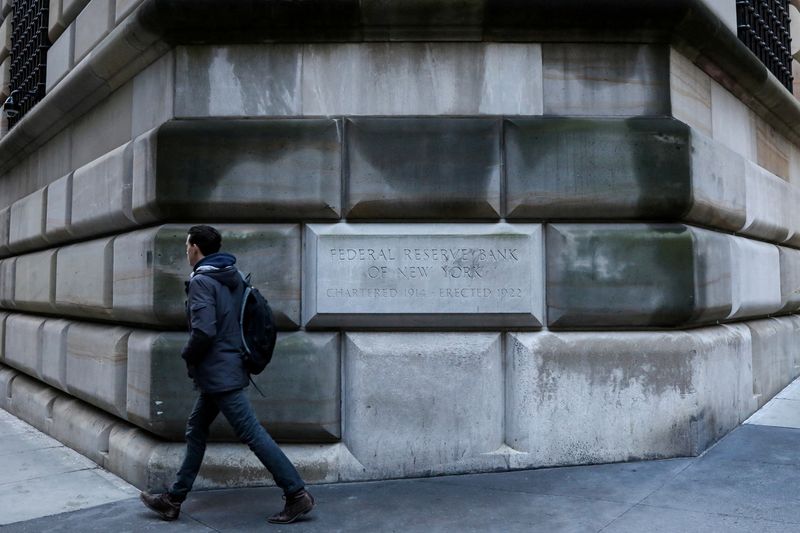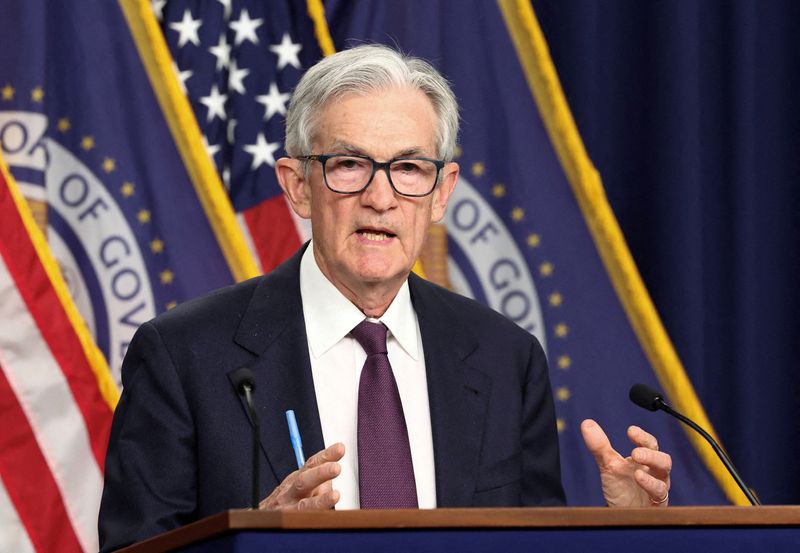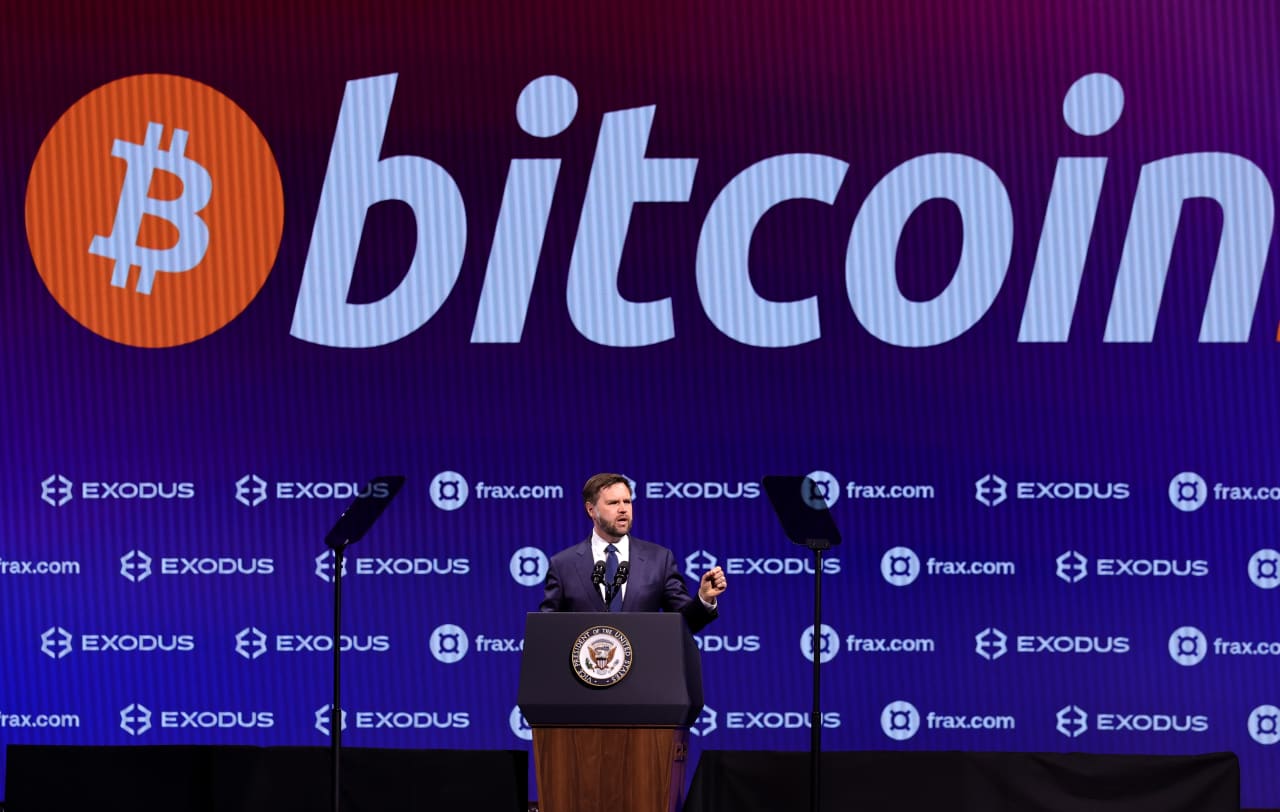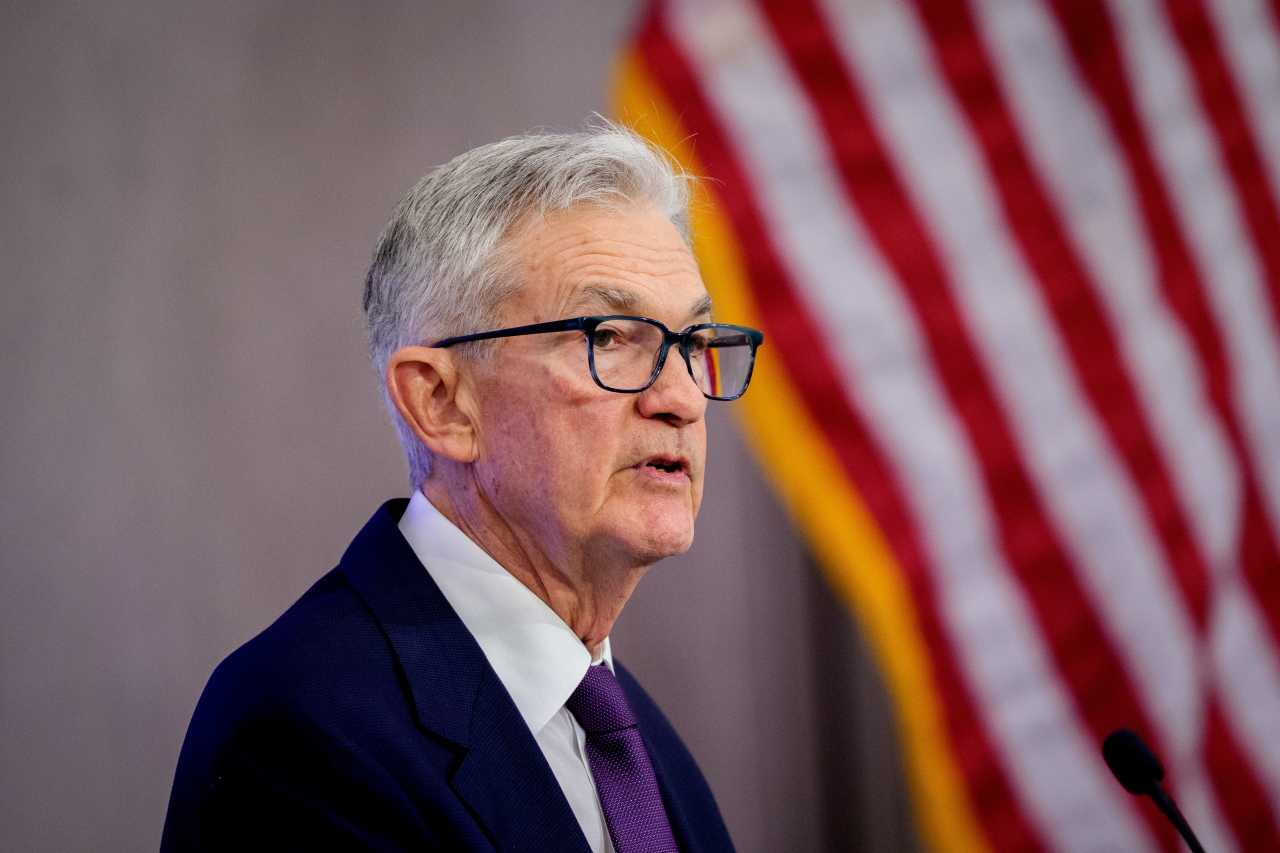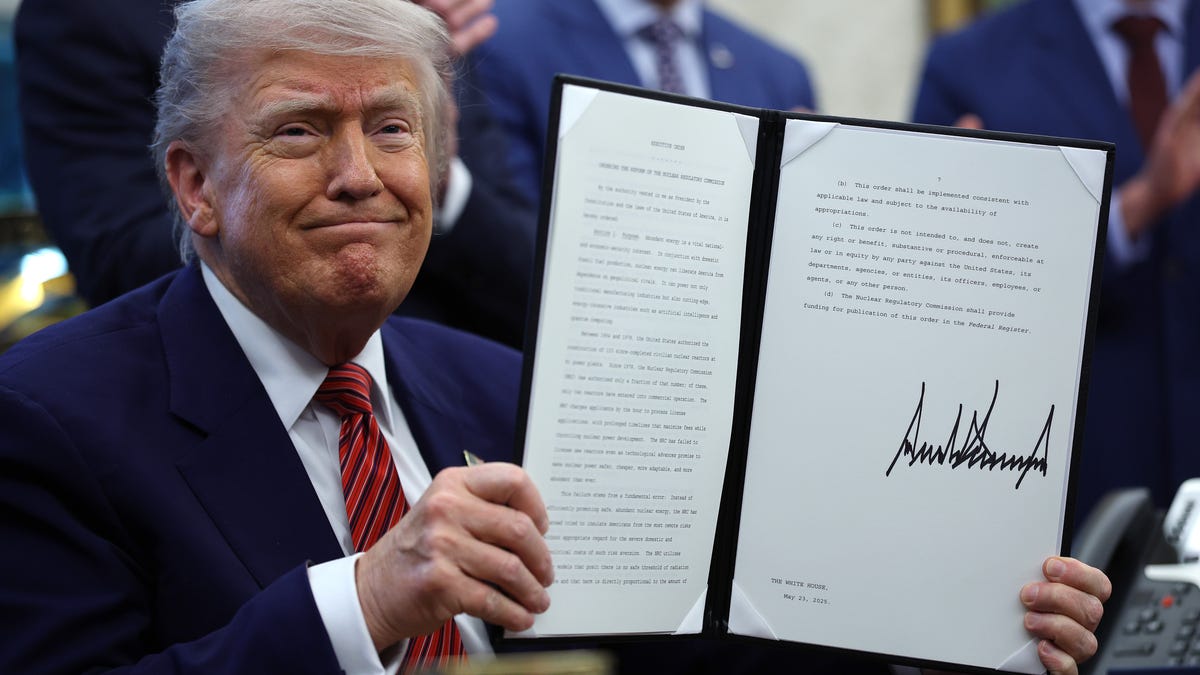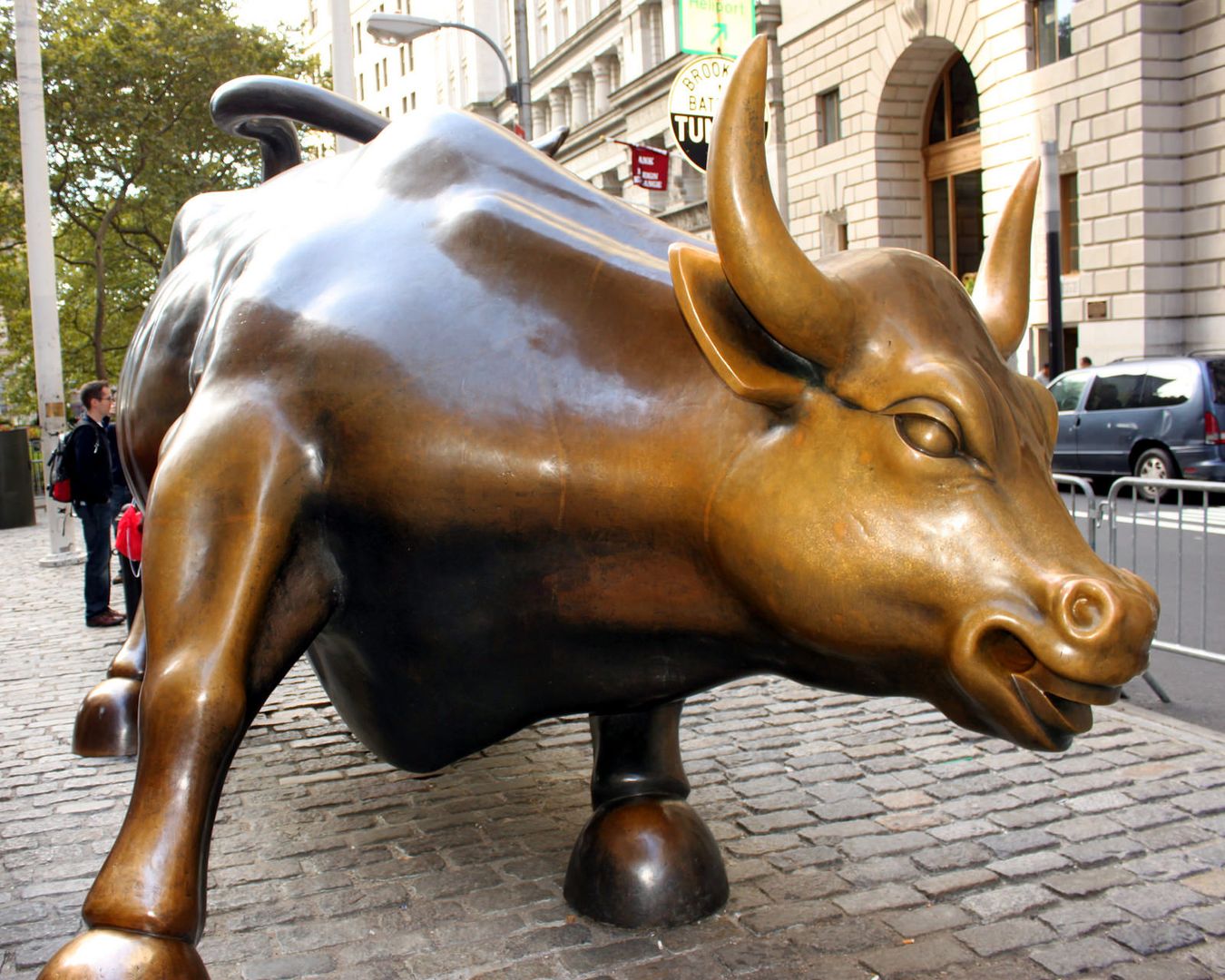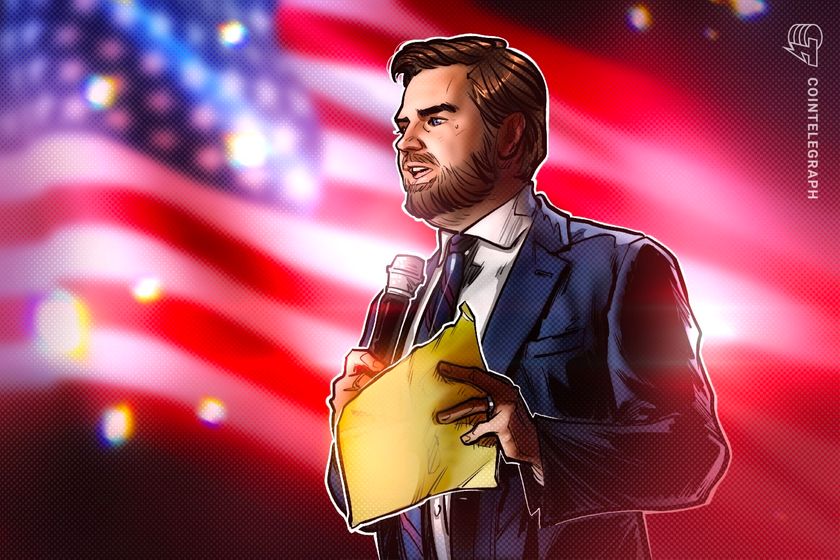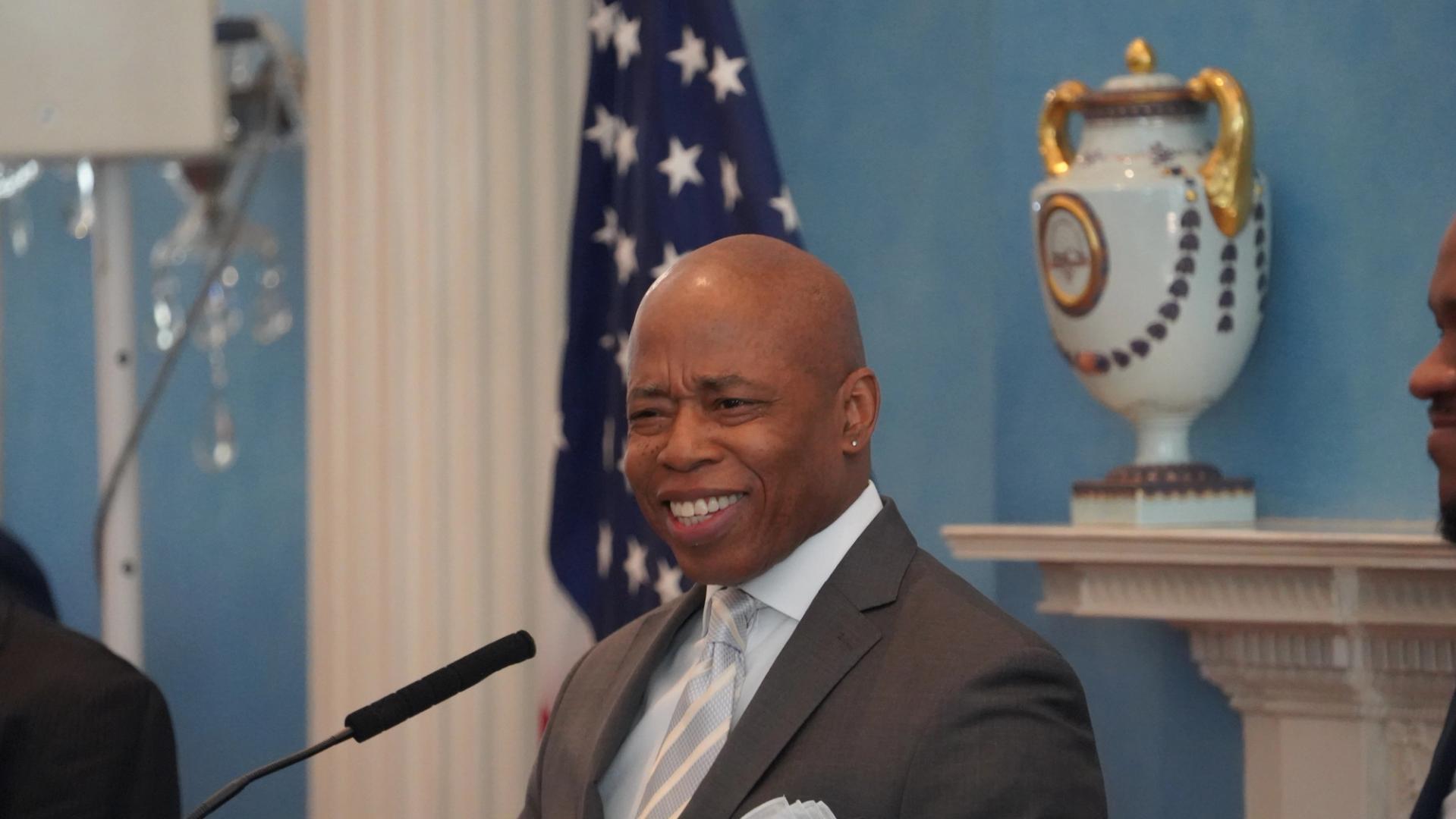Trump will get ‘punched in the face’ by markets if his spending bill passes without a plan for national debt and tariffs, says Wharton professor
Republicans argue that growth is the best way to rebalance America's books—economists fear that tax cuts may be the final nail in the coffin for national debt.

- Donald Trump’s sweeping tax reform bill, pitched as a boost to economic growth and middle-class income, promises major tax cuts and incentives but is raising alarms among economists who warn it could significantly worsen the national debt. While the administration touts growth and deficit reduction, experts argue the plan benefits the wealthy, risks long-term fiscal instability, and relies on overly optimistic projections.
On the campaign trail, then-Republican nominee Donald Trump said many of the things voters wanted to hear: He would reduce inflation, rebalance power with key trading partners, and extend tax cuts to increase discretionary income. So far, voters may not have gotten quite what they bargained for.
President Trump is now focused on a final push to sign off the “largest tax cuts in American history” after it was narrowly approved by the House.
Trump is calling on Congress to pass his “One Big, Beautiful Bill Act,” which encapsulates many of his economic pledges. To name a few: It extends his temporary 2017 cuts, which lowered individual income and estate taxes; grants a tax break for tips, overtime, and interest on auto loans, domestic research and development expense incentives; and offers “Trump kids” savings accounts and a $46.5 billion package to restart immigration action.
Combined, the White House says, these policies will boost GDP by between 2.6% and 3.2% in the long term and increase take-home pay for median income households by $5,000 a year.
Moreover, the White House says Americans earning between $30,000 and $80,000 will pay around 15% less in taxes. It also delivers a $1.6 trillion deficit reduction and helps families by increasing child tax credits by $500, the administration claims.
But—as they saying goes—if something sounds too good to be true, then it probably is.
Now economists have got their hands on the small print of Trump’s plan. And in the context of the fiscal situation the 47th president inherited, experts fear the plan could be the final nail in the coffin for national debt.
The issue of a $36.2 trillion national debt burden on America’s economy is no small issue. While debt is necessary for a healthy economy for a number of reasons, experts are concerned about the United States’s ability to repay its lenders and the interest to service the debt.
In the event of a crisis coming to fruition, the U.S. would either find no buyers for its debt and immediately have to curtail spending, or agree to even higher interest rates to tempt buyers to fund the borrowing, or (most likely) dilute the value of its currency by enacting a yet another form of quantitive easing.
Neither President Trump nor his team are naive to these issues. The president has suggested that his “golden visa” program might pay off some of the nation’s debt. Treasury Secretary Scott Bessent says debt is on an “unsustainable path.”
And yet with this spending bill, the economic linchpin of the Trump administration, the government may be slamming the door on vital revenue needed to help balance in books. (Though let’s not forget, the Harris campaign’s plan would have also increased national debt.)
The growth argument
Of course, to rebalance a debt-to-GDP ratio, the government has two options. One is to reduce debt; the other is to grow GDP.
To this end, some economists believe Trump’s fiscal budget is helpful: Tax cuts should put money into the pockets of consumers and thus they are likely to spend more and generate economic activity. Moreover, corporate tax cuts will encourage business investment and efficiency—both also helpful in growing the economy.
This is a view held by Joshua Rauh of Stanford’s Hoover Institution, who argues higher tax rates would be counterproductive to the debt issue because it stifles growth.
“Raising marginal tax rates discourages work, savings, and investment,” Rauh told a congressional hearing in May. “Fewer people working means lower growth. Fewer dollars saved or invested means fewer new businesses and jobs are created. Fewer opportunities means everyday Americans are left behind.”
He adds: “Tax hikes reduce incentives for investment and economic expansion, while spending cuts—particularly reductions in wasteful or inefficient programs—can improve fiscal stability without harming growth.”
Yet a recent report from the Congressional Budget Office (CBO) found the legislation would add $3.8 trillion to the deficit while proposed cuts to Medicaid would only shave $1 trillion in spending.
The White House’s assertion that the bill would grow the economy is a “work of fiction,” added Professor Kent Smetters of the University of Pennsylvania’s Wharton Business School.
The Ivy League institution—and Trump’s own alma mater—is well known for its budget modeling, non-partisan research.
Smetters explains that in his models (with tariffs built in at a slightly reduced effective rate), any incremental growth in the economy would come “off the backs” of lowest-income households.
In his dynamic forecasting, Smetters suggests that Medicaid’s increased work requirements and eligibility checks would tempt employees to work for lower pay in order to stay within the criteria.
“Because you’ve gotten rid of some of Medicaid on a static basis it looks like you save money,” Smetters said. But on a dynamic basis, “some households relative to that conventional score will actually work a little less because they want to requalify for Medicaid. We also have this shift, even though things like total hours goes up a bit, it’s actually coming from different groups.”
Activity up, revenue down
The CBO also expects this bill will increase the resources of the top 10%, which Smetters predicts would kickstart the income effect dominance substitution: Wealthy consumers trading up their purchases as a result of increased spending power.
This confidence means high earners would work a little less. As such, “lower income people will actually work a bit more and … from the GDP perspective, that looks like it’s a good thing. But actually, higher-income people are taxed at a much higher rate than lower-income people, and so from a revenue perspective you’re actually losing money overall even though total hours worked goes up.”
“This is the problem with these simplified, reduced models that look at GDP. They’re just not gonna pick up any of this,” Smetters says.
Historical tax cuts
In his opening remarks for the congressional hearing on the bill, Michael Linden, senior policy fellow at the Washington Center for Equitable Growth, said tax cuts are the main reason America’s budget problem is so pressing.
Linden told the committee: “Put simply, over the past 25 years, Congress has spent many trillions of dollars on unpaid-for tax breaks, and that is the main reason why our national debt is on an upward trajectory.”
Linden added that, per his calculations, if it weren’t for the tax cuts enacted in 2001 and 2003, and then extended in 2010 and 2012 and added to in 2017, then debt as a percentage of GDP would be on a downward trajectory.
Of course, the Trump team has unlocked a new income stream in the form of tariffs, which could help keep the figurative lights on. Smetters’s budgeting allows for tariff levels to come down from their “Liberation Day” levels but still generate a few hundred billion dollars over the next decade.
Even then, he added, without proper action to address the debt and without clear direction that America will continue to actively engage and lead global trade, President Trump is setting himself up to be “punched in the face” by markets.
The volatility following tariff announcements acted as a “wake-up call that the United States is no longer too big to fail,” Smetters added. “Capital markets will discipline and I think that is gonna be the real harsh reality.”
This outcome could happen as soon, he added: “It all comes down to when capital markets stop believing. Unfortunately … bond markets, unlike stock markets, break—they don’t bend.
“As soon as people believe that other people are pulling back, they’re not willing to lend. It’s a classic bank run problem … people often ask ‘Why would I want competition as a bond buyer?’ You actually do want competition because if everybody is pulling back, you don’t want to be that sucker holding bonds.”
This story was originally featured on Fortune.com





![ChatGPT’s Rising Traffic Versus Other Top Websites [Infographic]](https://imgproxy.divecdn.com/w-gqmBjRB_7nm77pT8JiodDihJT_2wQO8PS1_DYfNc4/g:ce/rs:fit:770:435/Z3M6Ly9kaXZlc2l0ZS1zdG9yYWdlL2RpdmVpbWFnZS90aGVfcmlzZV9vZl9jaGF0Z3B0Mi5wbmc=.webp)

























